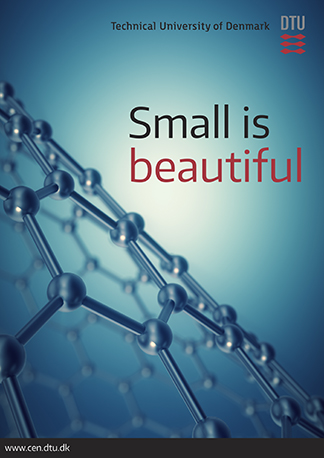Professor Jakob Birkedal Wagner, Scientific Director at the Center for Electron Nanoscopy shares his knowledge relating to nanoscale imaging research
Nanoscale imaging research is a rapidly growing speciality and within the field of electron microscopy several developments have improved the performance of the instrumentation underlying its significance as an extremely versatile characterisation tool for nanostructures.
It has become evident in recent years that nanotechnology is capable of producing materials which have properties that are not found in nature (at least on earth). In order to understand the macroscopic properties of materials, it is essential to gain an insight into the nature of the smallest building blocks and here nanoscale imaging research comes to the fore.
Nanoscale imaging research comes in many guises, but few are as versatile as electron microscopy. Probing nanoscale materials with high energy electrons results in a plethora of different characterisation possibilities. These include morphological and crystallographic information on the nanoscale, as well as elemental, chemical and plasmonic mapping and responses. Furthermore, electron microscopy is also capable of mapping electric and magnetic fields at the nanoscale.
Nanoscale functional materials are often tailored by interfacing different elemental compositions with at least one dimension in the nanometer range, e.g. in catalysis and semiconductor research. One of the important things to note is nanoscale imaging is an indispensable tool for understanding, development, and failure analysis of these types of materials. The electron microscope’s capability to routinely combine structural and chemical information at the sub-nanometer level is indispensable the understanding of the micro- and nanostructure fabrication and application. segregation and diffusion of elements in heterostructures under non-ambient conditions are key in order to understand and develop high-performance, sustainable functional materials for current and future applications.
This ebook from Professor Jakob Birkedal Wagner, Scientific Director at the Center for Electron Nanoscopy, DTU Cen, Technical University of Denmark highlights the importance of nanoscale imaging as well as the strides that are being made in the technology.


